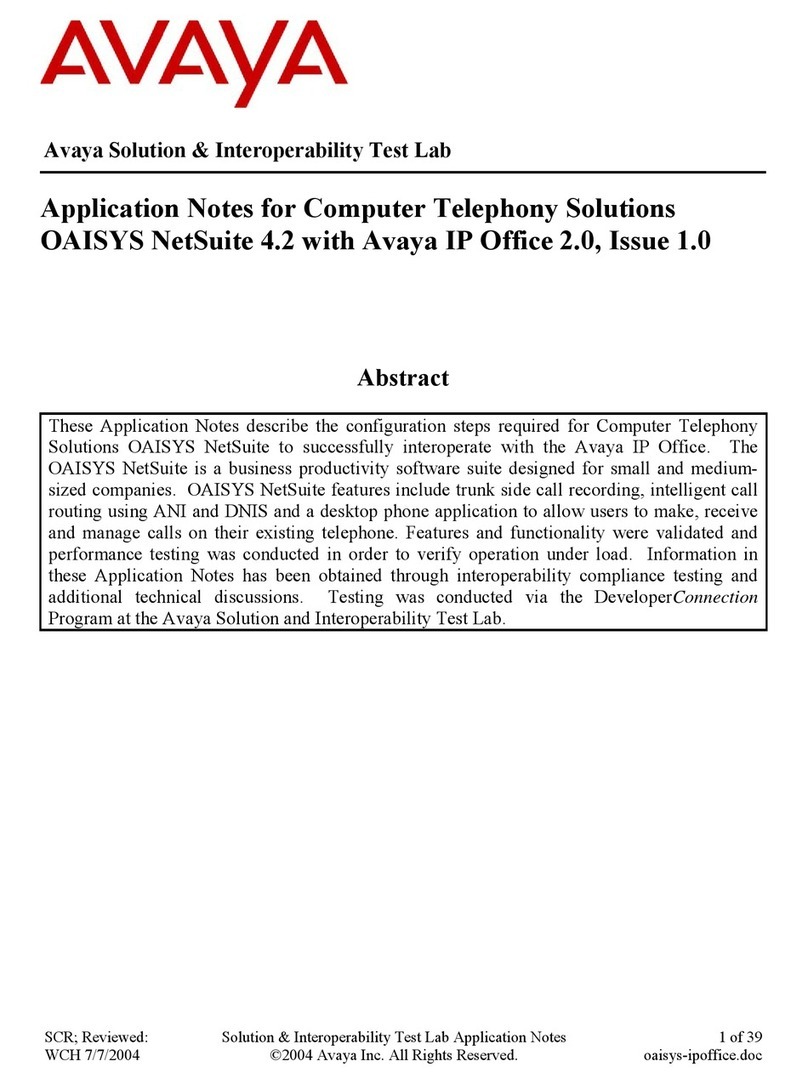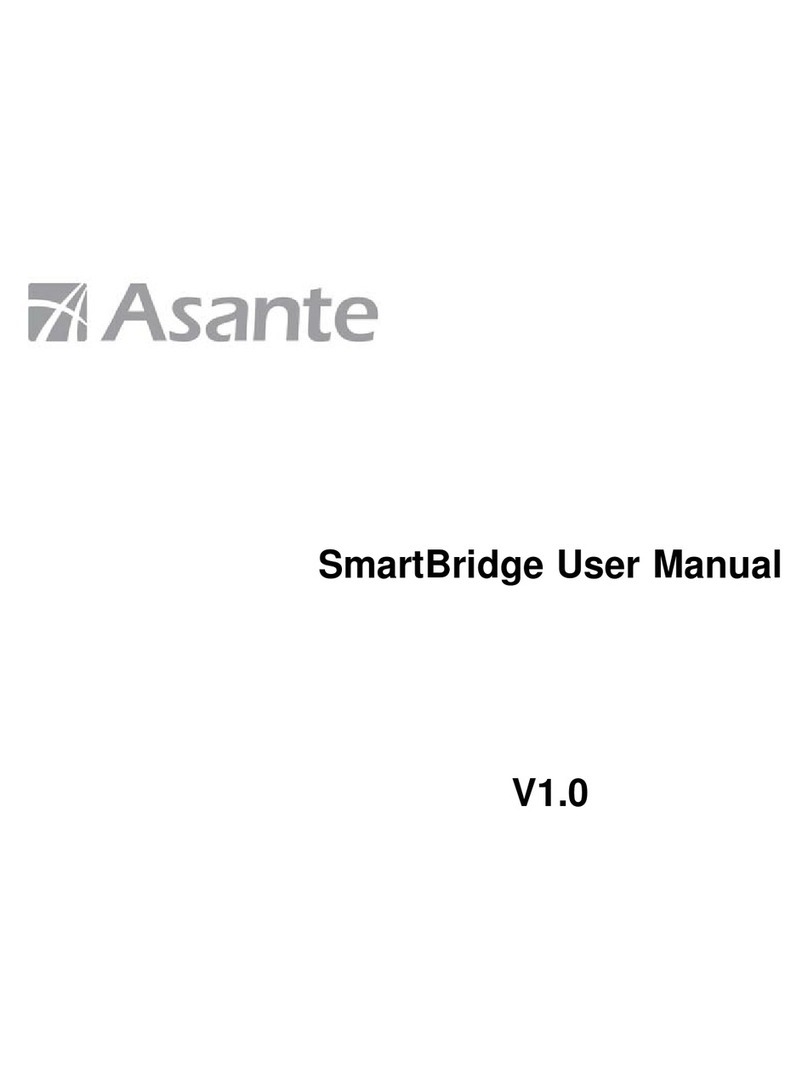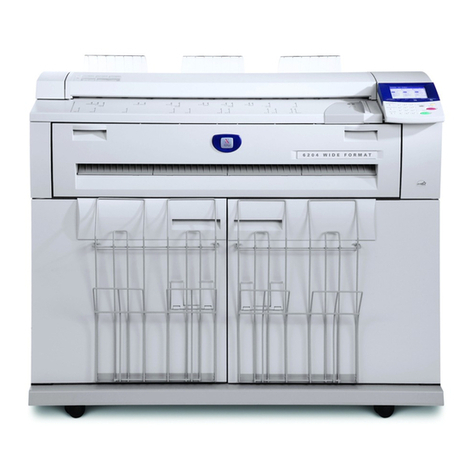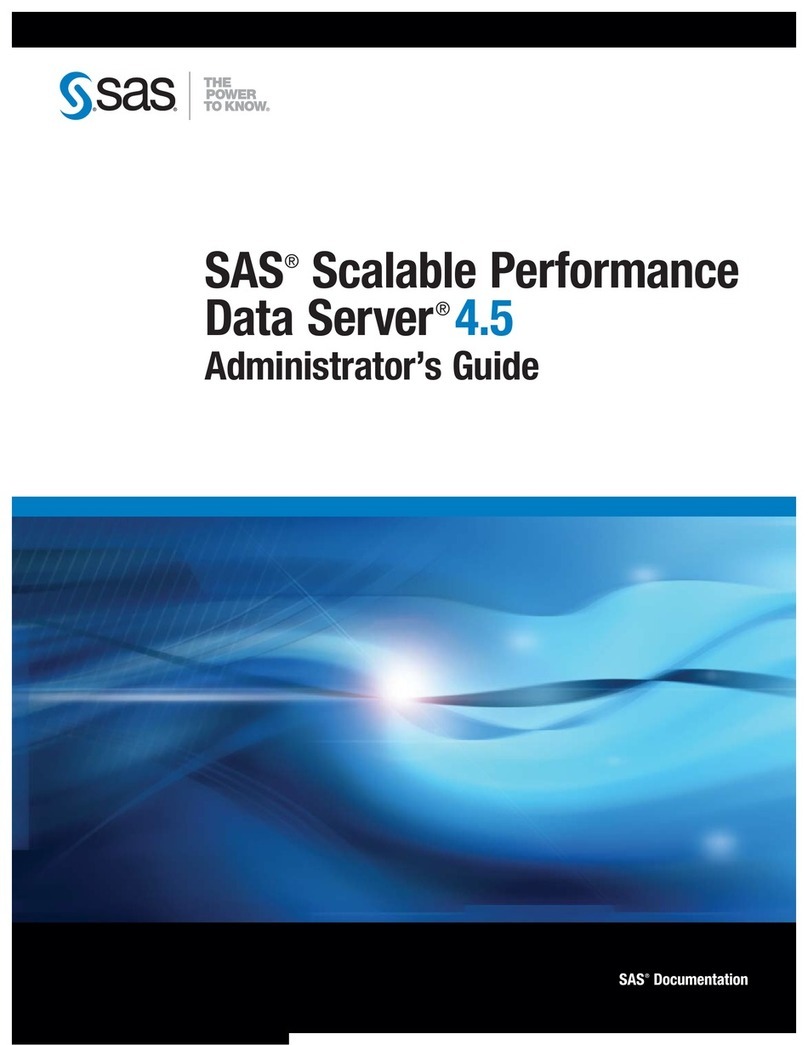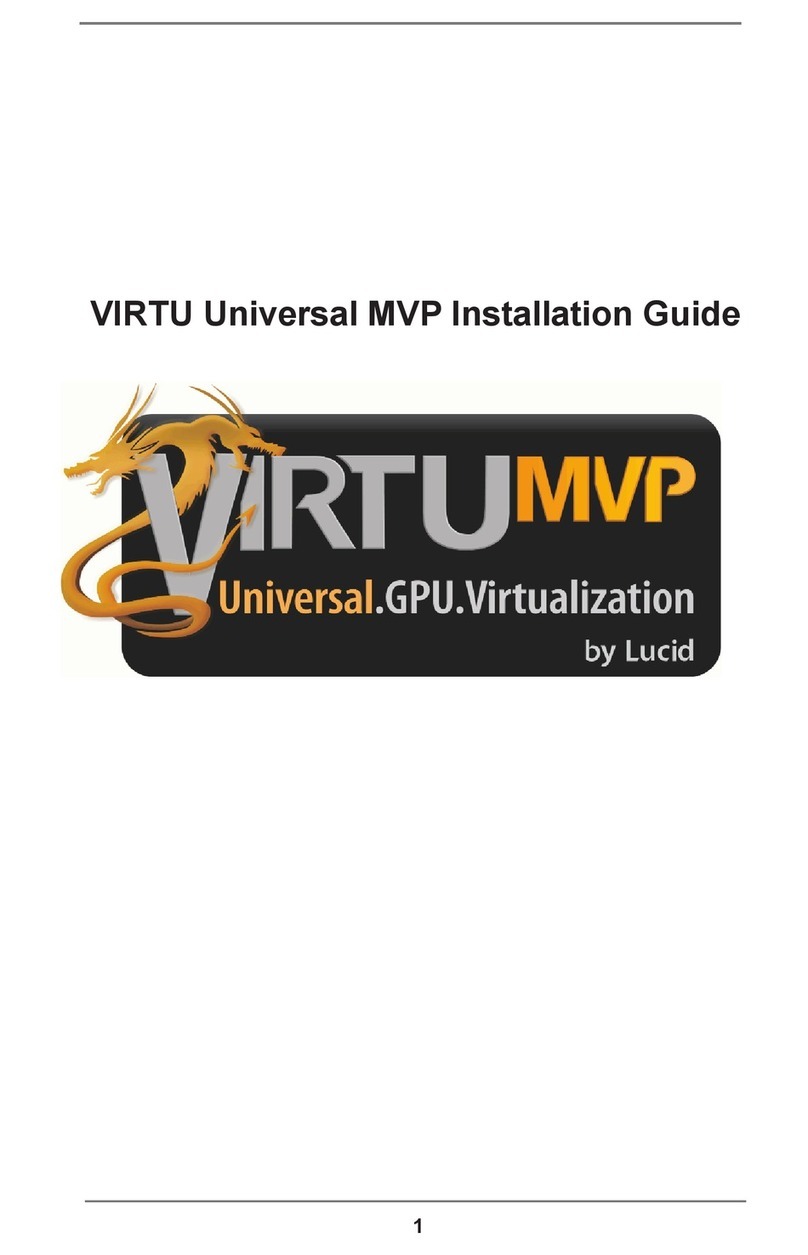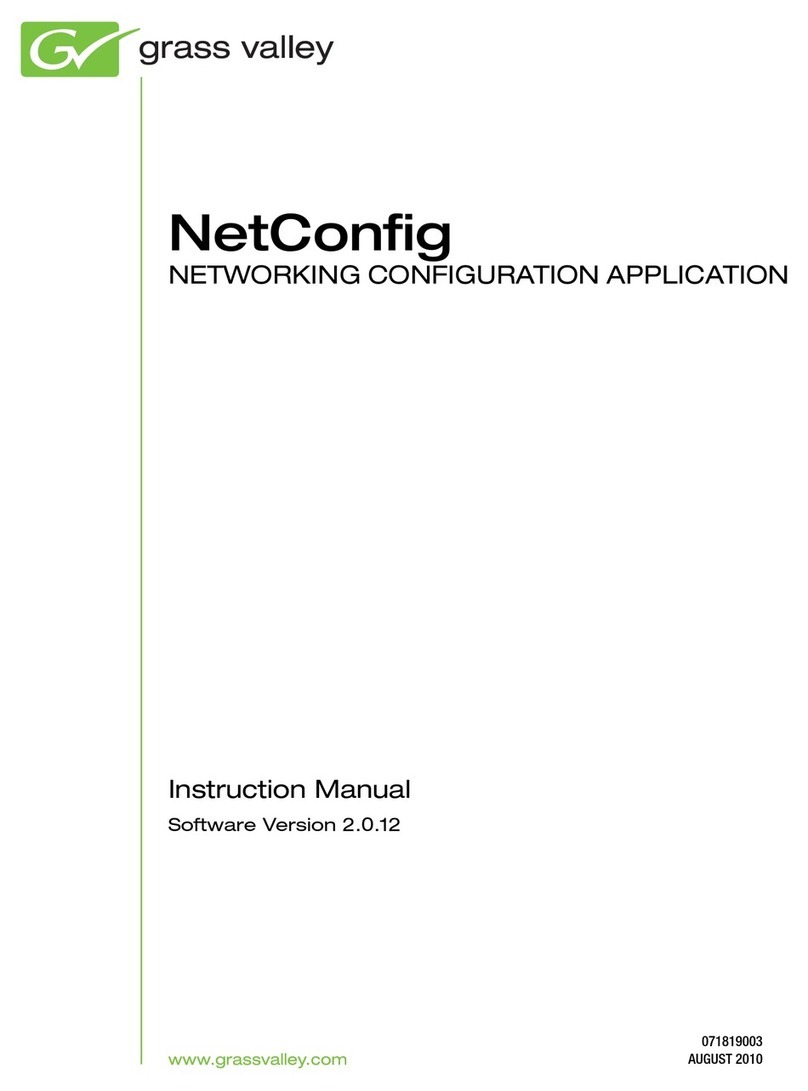
i
Copyright Notice
This document and the software described in it are copyrighted. Under the copyright laws, neither this document nor this
software may be copied, reproduced, translated, or reduced to any electronic medium or machine-readable form without
prior written authorization of Secure Computing Corporation. Copyright © 2001, Secure Computing Corporation. All
rights reserved. Made in the U.S.A.
Trademarks
Secure Computing, Sidewinder, Type Enforcement, and Strikeback are either registered trademarks or trademarks of
Secure Computing Corporation. All other trademarks, tradenames, service marks, service names, product names, and
images mentioned and/or used herein belong to their respective owners.
Secure Computing Corporation Software License Agreement
CAREFULLY READ THE FOLLOWING TERMS AND CONDITIONS BEFORE LOADING THE SOFTWARE. BY LOADING
THE SOFTWARE, YOU ACKNOWLEDGE THAT YOU HAVE READ THIS AGREEMENT, UNDERSTAND IT, AND AGREE
TO BE BOUND BY ITS TERMS AND CONDITIONS.
Secure Computing Corporation ("Secure Computing") provides its software and licenses its use either directly or through
authorized dealers. You assume responsibility for the selection of the programs to achieve your intended results, and for
the installation (unless installation is purchased from Secure Computing or an authorized dealer), use, and results
obtained from the programs.
1. Grant of License
Secure Computing grants to you, and you accept, a non-exclusive, and non-transferable license (without right to sub-
license) to use the Software Products as defined herein on a single machine.
2. Software Products
"Software Products" mean (i) the machine-readable object-code versions of the Software of Secure Computing
contained in the media (the "Software"), (ii) the published user manuals and documentation that are made available for
the Software (the "Documentation"), and (iii) any updates or revisions of the Software or Documentation that you may
receive (the "Update"). Under no circumstances will you receive any source code of the Software. Software Products
provided for use as "backup" in the event of failure of a primary unit may be used only to replace the primary unit after
a failure in fact occurs. They may not be used to provide any capability in addition to the functioning primary system
that they backup.
3. Use
You may not transfer any Software Products to any third party. You may not copy, translate, modify, sub-license, adapt,
decompile, disassemble, or reverse engineer any Software Product in whole or in part except to make one copy of the
Software solely for back-up or archival purposes.
4. Limited Warranty and Remedies
Secure Computing warrants that the disk(s) or tape(s) on which its Software is recorded is/are free from defects in
material and workmanship under normal use and service for a period of ninety (90) days from the date of shipment to
you.
Secure Computing does not warrant that the functions contained in the Software will meet your requirements or that
operation of the program will be uninterrupted or error-free. The Software is furnished "AS IS" and without warranty as
to the performance or results Licensee may obtain by using the Software. The entire risk as to the results and
performance of the Software is assumed by Licensee. If Licensee does not receive media which is free from defects in
materials and workmanship during the 90-day warranty period, Licensee will receive a refund for the amount Licensee
paid for the Software Product returned.
5. Limitation of Warranty and Remedies
THE WARRANTIES STATED HEREIN ARE IN LIEU OF ALL OTHER WARRANTIES, EXPRESS OR IMPLIED, INCLUDING
ANY WARRANTIES OF MERCHANTABILITY OR FITNESS FOR A PARTICULAR PURPOSE. SOME STATES AND
COUNTRIES DO NOT ALLOW THE EXCLUSION OF IMPLIED WARRANTIES, SO THE ABOVE EXCLUSION MAY NOT
APPLY TO YOU. THIS WARRANTY GIVES YOU SPECIFIC LEGAL RIGHTS. YOU MAY HAVE OTHER RIGHTS WHICH
VARY BY STATE OR COUNTRY.

